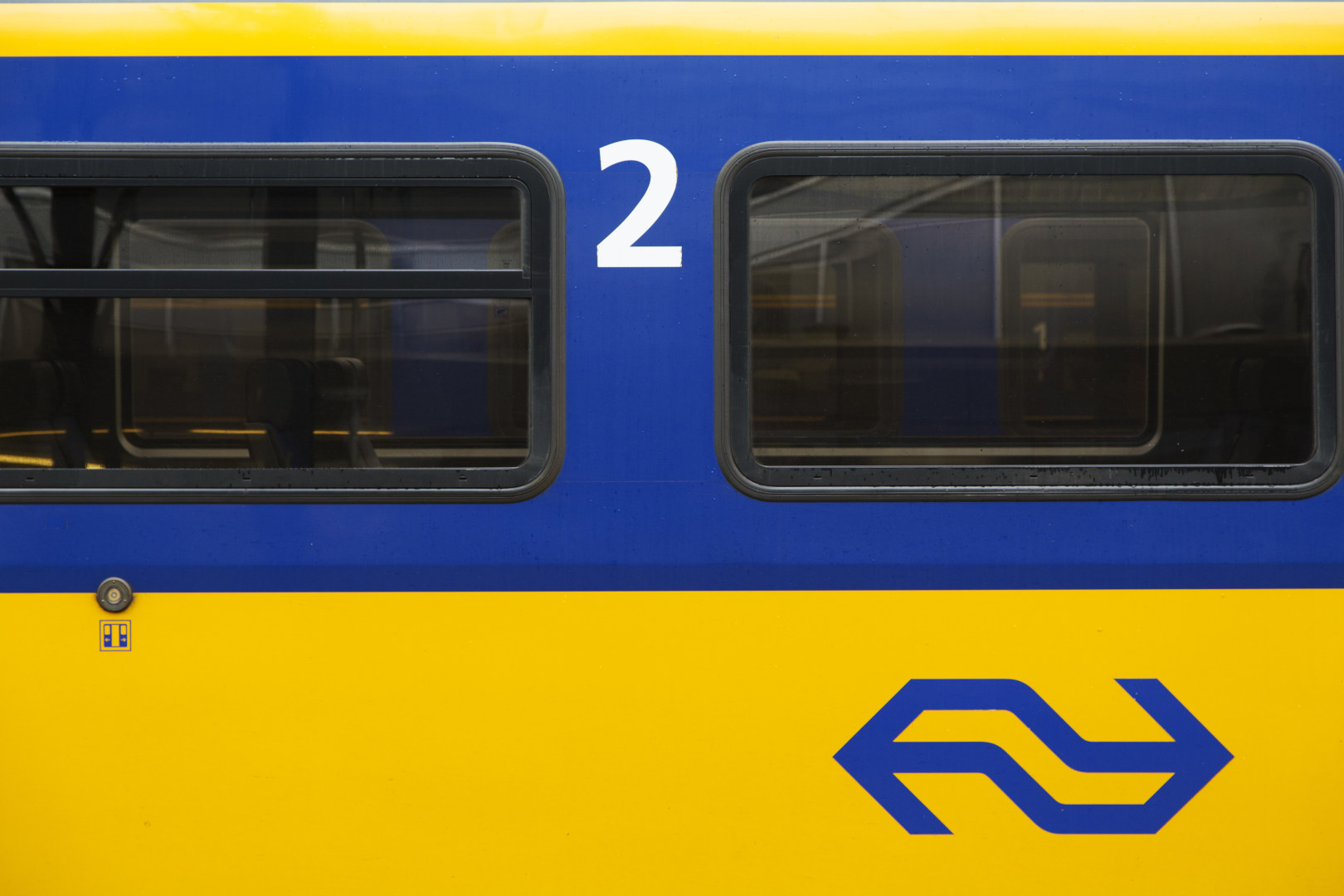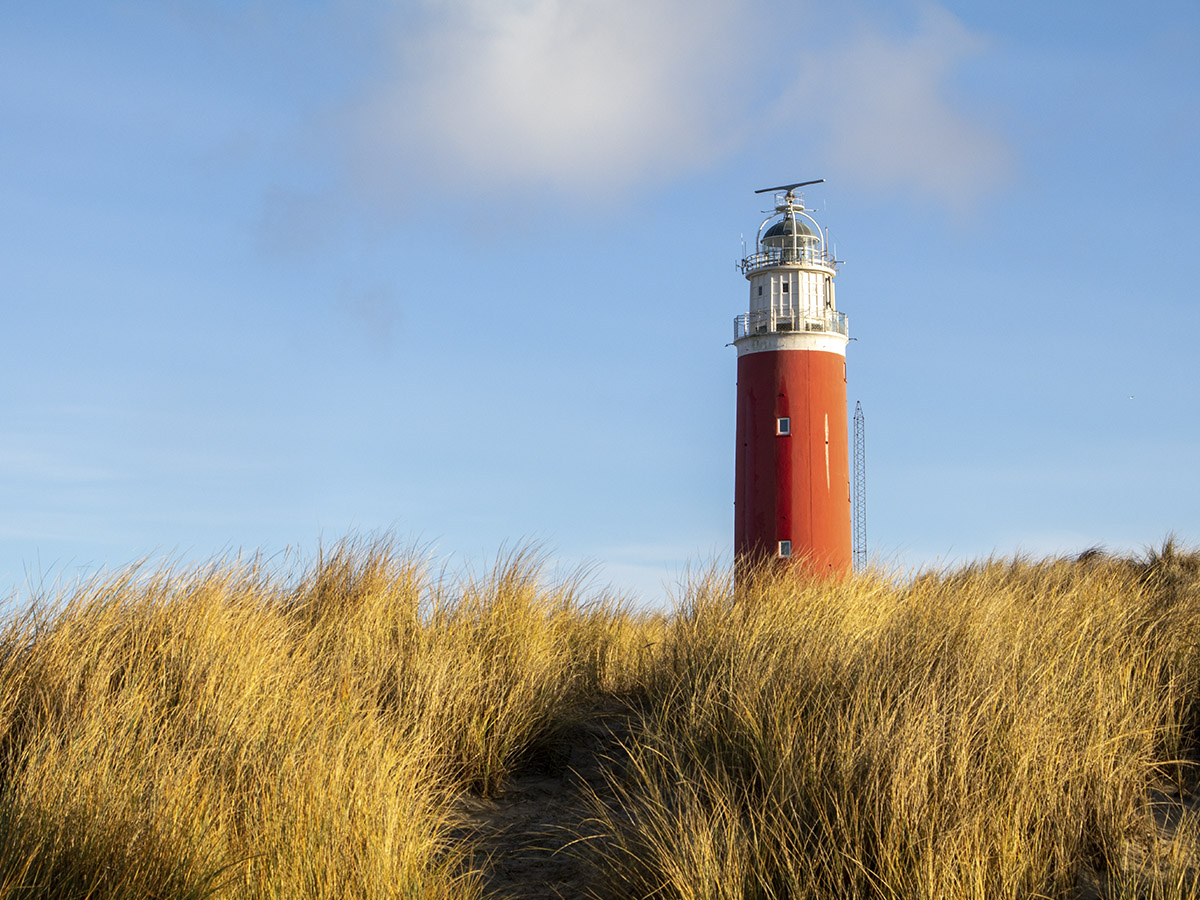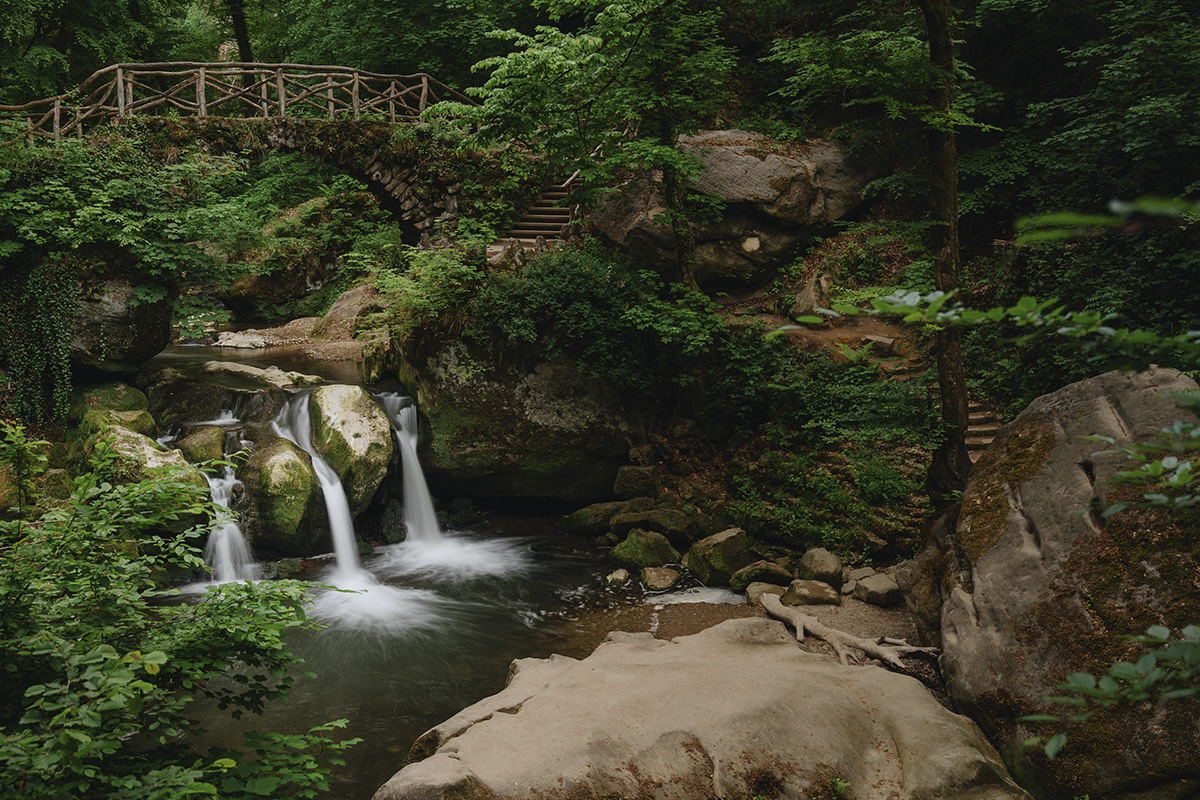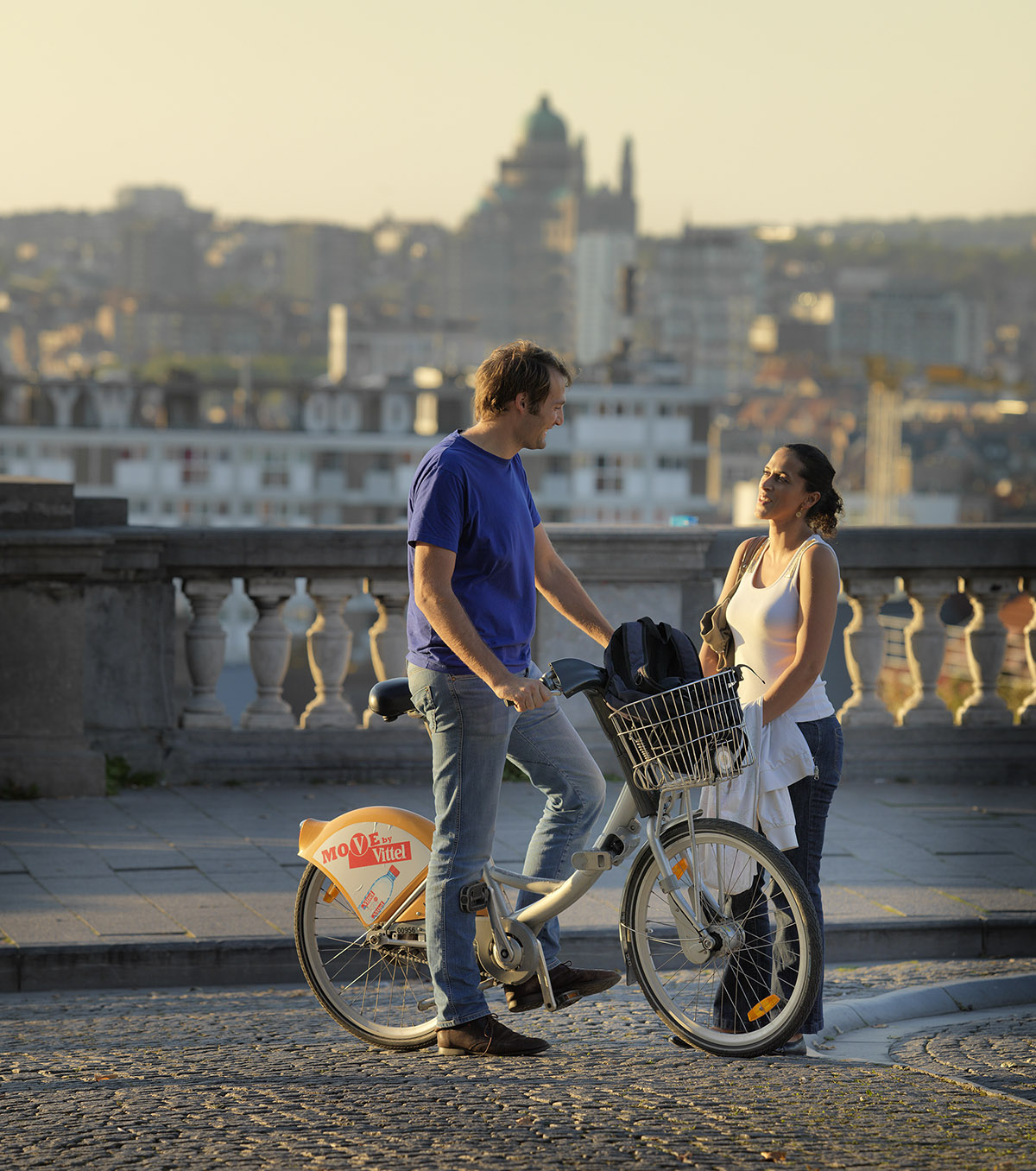Ten rewarding rail journeys in the Benelux

Rail travel is back in vogue. The concept of ‘flygskam’, meaning ‘flight-shame’, encourages people to eschew air travel and seek transport with lower environmental impact. Meanwhile, the phenomenon known as ‘tagskryt’, meaning ‘train bragging’, entails posting photos of train journeys on social media. Travelling by train or tram represents a relaxing way of getting about while minimising carbon emissions. Brussels, Rotterdam and Amsterdam now have direct rail links from London’s St Pancras International, and from 1 March 2020, all public transport in Luxembourg will be free of charge, even for non-residents. Here’s a look at ten of the most rewarding journeys by rail in the Benelux region.
TEXT & MAIN PHOTO: STUART FORSTER

Luxembourg. Photo © Christian Millen LFT
Luxembourg – Troisvierges
The north-south rail journey between Luxembourg City and Troisvierges provides an opportunity to view a scenic swathe of the Grand Duchy. The line cuts through narrow valleys, rolling woodland and more than 20 tunnels.
Breaking the journey in Ettelbruck gives you a chance to explore an attractive small town that’s home to the General Patton Memorial Museum. Troisvierges, the last stop in the country before the line continues into Belgium, was the first station that German soldiers disembarked at during World War I. Sit on the left side of the train for outstanding views of the Fortress of Luxembourg after pulling out of the capital’s station.

Photo © Nico Berté LFT
Kautenbach – Wiltz
The journey between Kautenbach and the small town of Wiltz, less than ten kilometres away, takes just 12 minutes. The spur is a single track and one that rail enthusiasts will enjoy. The train’s windows offer panoramic views into the valley.Set in the Ardennes, Wiltz is worth venturing to for its beautiful landscaped garden, the Jardin de Wiltz, and its castle. Luxembourg’s National Museum of the Art of Brewing is located within the historic building, whose oldest tower dates from 1573. There’s also a museum about the Battle of the Bulge, which was contested in the region during the winter of 1944-45.

Antwerp Central Station. Photo © Visit Flanders
Brussels – Antwerp
Just 41 kilometres of track separates Brussels and Antwerp. Journeying between the two cities by rail enables you to travel along a line significant in the history of European transport. In 1835, the line linking Brussels and Mechelen, roughly halfway between these hubs, was the first public railway to open on the continent’s mainland. A single-funnelled steam locomotive named Le Belge pulled carriages. Mechelen’s historic centre, home to a cobbled marketplace and the impressive St Rumbold’s Cathedral, is worth hopping off to explore.

Belgium’s coastal tram. Photo © Visit Flanders
Belgium’s coastal tram
Belgium’s coastal tram service allows you to take to the railways and enjoy spectacular views of the North Sea lapping against the sand of West Flanders. The tram, known locally as ‘de kusttram’, operates between De Panne and Knokke-Heist. The line runs for 68 kilometres, making it the longest tramway in the world. Day passes, three-day and five-day tickets are available for the tram, enabling you to break the journey and explore attractions along the way.

Leuven train station. Photo © Toerisme Leuven
Leuven – Hasselt
Leuven is home to one of Europe’s longest established universities and has an Instagram-friendly historic centre, notable for the ornately sculpted façade of its town hall. The city’s recently renovated railway station first opened in 1837. Boarding the train there, the journey to Hasselt takes as little as 38 minutes. Hasselt’s expansive Japanese garden and historic centre justify making the trip.

Tram 44. Photo © RMCA
Tram 44 in Brussels
Brussels’ tram 44 runs between the Montgomery Metro station and the town of Tervuren, which is the location of the Royal Museum for Central Africa. There are 17 stops along the scenic route, which takes just 22 minutes to cover and runs parallel to a cycle path. The line cuts through woodland and represents an easy excursion if you’re looking for impressions of Belgium beyond the capital city.

Leeuwarden. Photo © NBTC
Amsterdam – Leeuwarden
The train journey between Amsterdam and Leeuwarden takes a little over two hours. During springtime, when tulips are blooming, the upper deck of Intercity trains are ideal for viewing the colourful flowers cultivated in Flevoland. It’s worth looking out of the window near Lelystad. The landscape of the Oostvaardersplassen nature reserve features wetland and habitat for roaming animals, including deer and herds of horses.
An impressive fountain — Love by Jaume Plensa, depicting the seven-metre-tall heads of a boy and girl with closed eyes — was unveiled opposite Leeuwarden’s station last year.

Dordrecht. Photo © NBTC
Breda – Dordrecht
Travelling by rail between Breda and Dordrecht means crossing the broad waterway of the Hollands Diep, where the provinces of North Brabant and South Holland meet. The Moerdijk Bridge, spanning that body of water, was captured by German paratroopers during a military operation executed in May 1940. You can see a network of concrete bunkers, a legacy of World War II, in the landscape south of Dordrecht.

Photo © Stuart Forster
Groningen to Eemshaven
The railway line between the seaport of Eemshaven and Groningen skirts flat agricultural land with sizeable barns and farm buildings. The route passes through several compact settlements, including Winsum, which has two 19th-century windmills. Don’t miss the high-ceilinged waiting room at Groningen’s station. Dating from 1896, it features ornate mosaics and a glass cupola. The city’s museum is a matter of paces from the entrance to station.

Amsterdam Central Station. Photo © Roel Baeckaert
Amsterdam’s tram line number 2
Amsterdam’s number 2 tram passes several key attractions in the Dutch capital. The line runs from the central station to the Hoofddorpplein, crossing the city’s UNESCO World Heritage Site-designated network of canals along the way. The Vondelpark, Rijksmuseum and Van Gogh Museum count among the places of interest you can view from the tram. The city’s central station was designed by Pierre Cuypers, the architect behind the Rijksmuseum. From its platforms you can board trains to destinations across the Netherlands and beyond.
Subscribe to Our Newsletter
Receive our monthly newsletter by email




